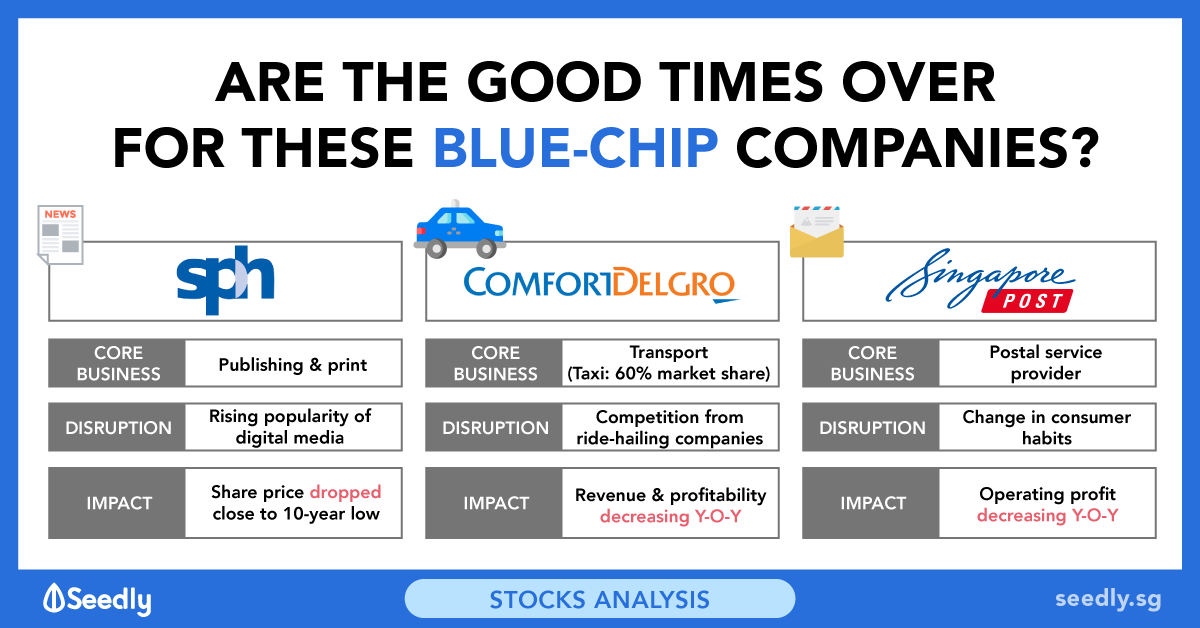It's funny how people think. Share price goes up (near the top, sell!), share price goes down (can't go lower, buy!).
You need a point of reference and share price alone isn't going to help.
TLDR; SCI is enjoying a P/B multiple re-rating now that it's free of Sembcorp Marine (SMM), reflecting the inherent ROE improvement of its Utilities business.
The long story:
SCI's share price was grinding down earlier this year due to two main factors: 1) the dropout of the MSCI index, with potential for dropout of the FSSTI index and, 2) the possibility of having to equity raise to support SMM.
The second factor played a bigger role. If you look at SCI's stub P/B earlier this year (which is the market implied valuation for the business ex Marine), you'll see that it was reflecting a 0.3-0.4x FY20 PB. This is usually a level that suggests market is pricing in balance sheet risk (i.e. potential equity raising).
The de-merger was a good thing for SCI. By shedding the Marine business, investors could now invest in a pure-play utilities company that has seen its ROE improve. And without the risk of equity raising, its valuation at 0.5x FY20 PB (when it was S$1.00) after it went ex div-in-speicie was not reflective of SCI's utilities business ROE, which had risen from 6-7% in 2017 to an estimated 9-10% in 2019 (and going forward). Forget about FY20, it's a dump for everyone.
The P/B valuation is intrinsically linked to the ROE of a company. The higher the ROE, the higher the P/B. I'll leave you to benchmark this, which is usually done by simple regression.
SCI is currently trading at 0.75x FY21 PB. Is that fair? Perhaps. But if you assume that FY21 will see continued improvement in their earnings, that ROE should rise to about 10%, or more. And if you did that regression, you'll find that the market tends to trade the ex-Marine business for about 0.8-0.9x P/B at those ROE levels.
So whether it's correctly priced, or still has room to run, is your view of how the company's business will fare in FY21 and beyond. Different people have different views, so read widely, do some work and take a view. The right answer is rarely out there in the open, or obvious. If it were, nobody would make money!










It's funny how people think. Share price goes up (near the top, sell!), share price goes down (can't go lower, buy!).
You need a point of reference and share price alone isn't going to help.
TLDR; SCI is enjoying a P/B multiple re-rating now that it's free of Sembcorp Marine (SMM), reflecting the inherent ROE improvement of its Utilities business.
The long story:
SCI's share price was grinding down earlier this year due to two main factors: 1) the dropout of the MSCI index, with potential for dropout of the FSSTI index and, 2) the possibility of having to equity raise to support SMM.
The second factor played a bigger role. If you look at SCI's stub P/B earlier this year (which is the market implied valuation for the business ex Marine), you'll see that it was reflecting a 0.3-0.4x FY20 PB. This is usually a level that suggests market is pricing in balance sheet risk (i.e. potential equity raising).
The de-merger was a good thing for SCI. By shedding the Marine business, investors could now invest in a pure-play utilities company that has seen its ROE improve. And without the risk of equity raising, its valuation at 0.5x FY20 PB (when it was S$1.00) after it went ex div-in-speicie was not reflective of SCI's utilities business ROE, which had risen from 6-7% in 2017 to an estimated 9-10% in 2019 (and going forward). Forget about FY20, it's a dump for everyone.
The P/B valuation is intrinsically linked to the ROE of a company. The higher the ROE, the higher the P/B. I'll leave you to benchmark this, which is usually done by simple regression.
SCI is currently trading at 0.75x FY21 PB. Is that fair? Perhaps. But if you assume that FY21 will see continued improvement in their earnings, that ROE should rise to about 10%, or more. And if you did that regression, you'll find that the market tends to trade the ex-Marine business for about 0.8-0.9x P/B at those ROE levels.
So whether it's correctly priced, or still has room to run, is your view of how the company's business will fare in FY21 and beyond. Different people have different views, so read widely, do some work and take a view. The right answer is rarely out there in the open, or obvious. If it were, nobody would make money!